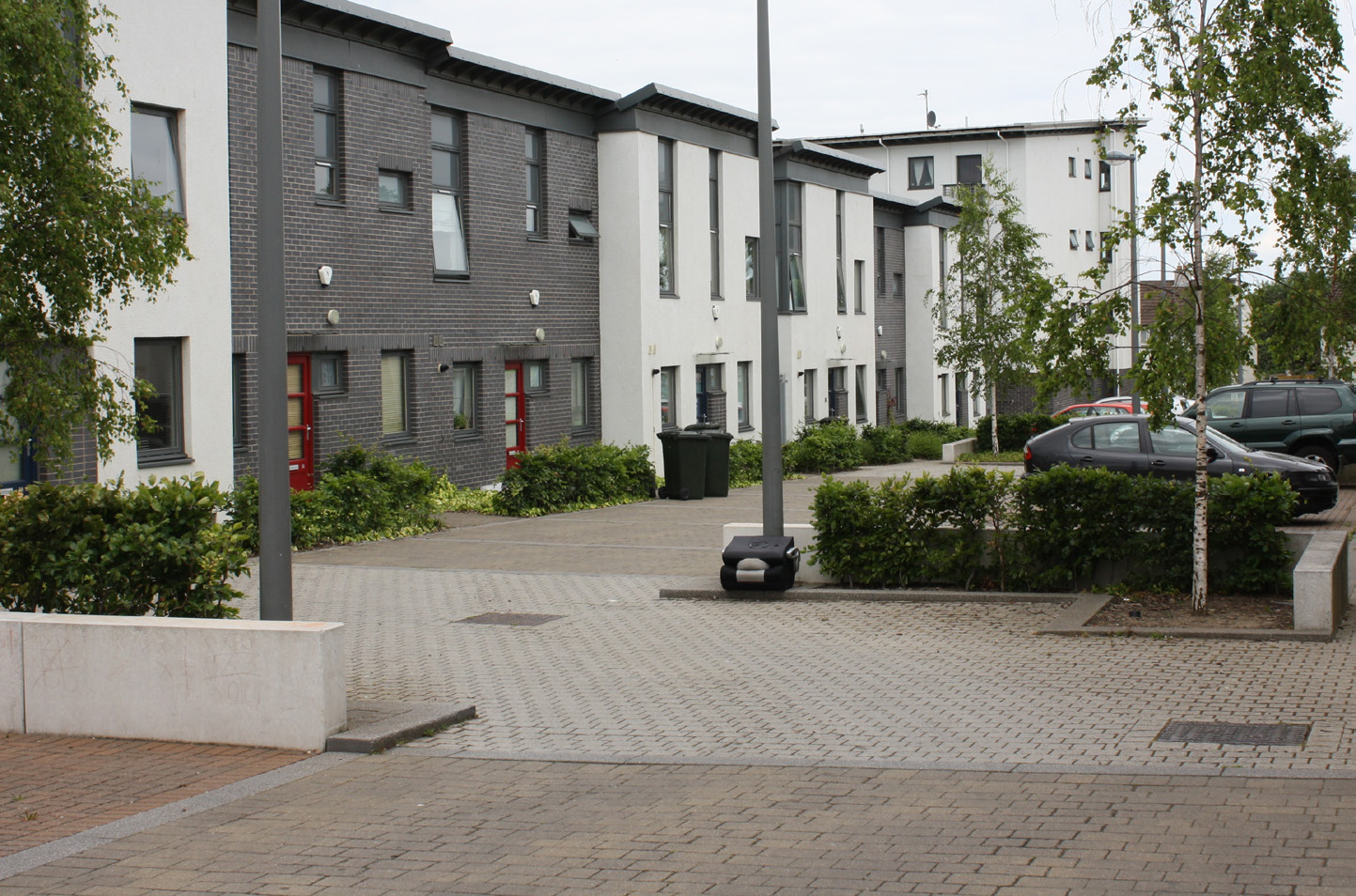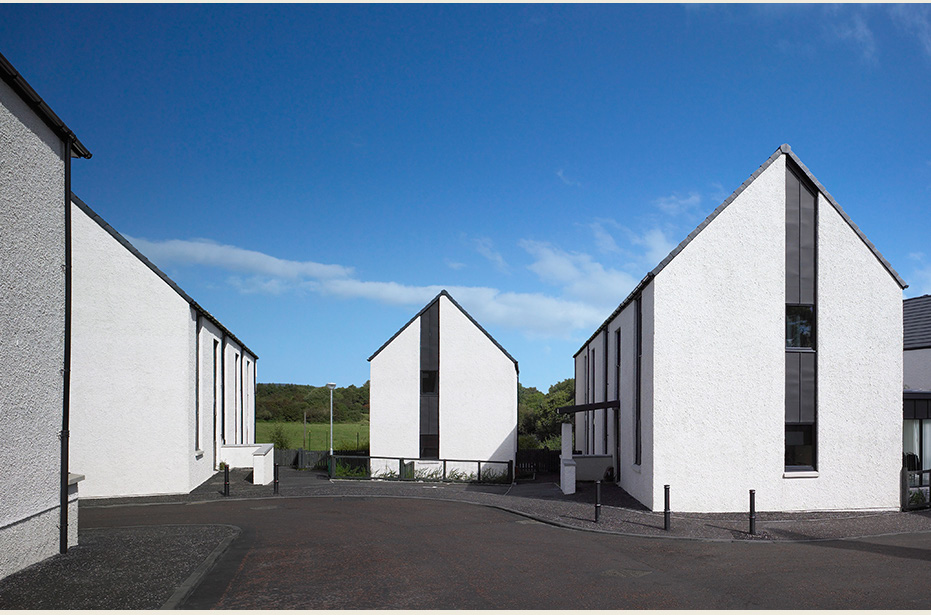Housing typology: closes, wynds and mews
Learn about closes, wynds and mews and their roles.

This piece explores contemporary closes, wynds and mews through built examples.
Illustrated by mapping, photography and scale drawings, our aim is to show the link between design of the house and the place of which it forms a part.
The case study:
- defines closes, wynds and mews
- looks at their various roles
- explores built examples in Inverness, Johnstone, and Edinburgh
What are closes, wynds and mews?
In urban Scotland, closes and wynds emerged behind the market street as the narrow routes between plots of land. These slender routes, with their closely-bound adjoining buildings and boundary walls, form a distinctive Scottish typology.
In later Georgian streets mews had a similar function of providing the infrastructure to Georgian townhouses, with mews now re-appropriated for compact urban living.
Such ancillary streets and lanes are often the interstices between busy streets and blocks of terraced townhouses. Surviving examples have proved adaptable and conducive to a mix of uses.
Roles of closes, wynds and mews
The success of this form can be attributed to the useful roles this typology plays. For example, closes, wynds and mews:
- are adaptable and accessible for a mix of uses
- help create more vibrant neighbourhoods
- maximise use of brownfield land

Lilybank Wynd, Johnstone
This new housing is another example of narrow courts and closes achieved in the context of current planning legislation and road standards. The linear form of the housing highlights routes and paths between buildings. It is a distinctive response to topography and the views over the Black Cart Water into the countryside.
Image credit: Page\Park Architects
Explore more housing typologies
Our housing typology series illustrates where designers have sought to reconcile contemporary living with the wider roles of the individual house integral to placemaking. Through built examples, from East Ayrshire to the Shetland Islands, we explore the terrace, topographic and climate responses, adaptables, and more.
